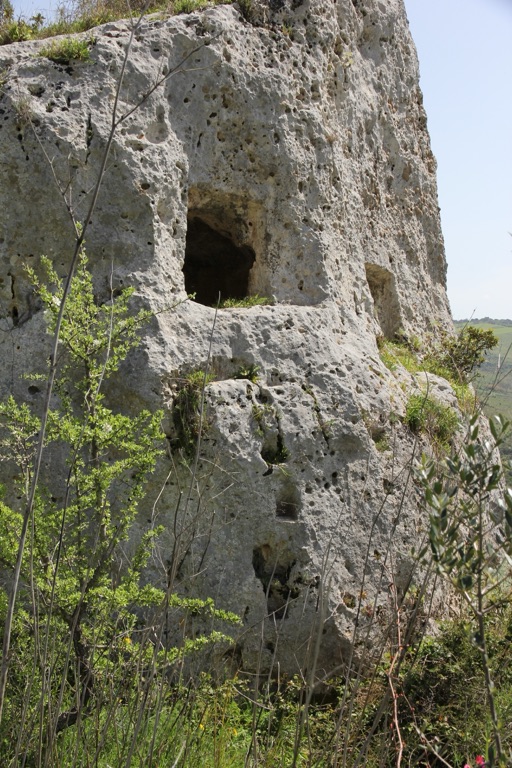Domus de Janas, also known as ‘House of the Fairies,’ are ancient burial sites found in Sardinia, Italy. These prehistoric tombs date back to the Neolithic period and Early Bronze Age. They are carved into rocks and reflect the island’s early civilization. The interiors of the Domus de Janas mimic domestic structures. This suggests a belief in life after death. Tourists and historians alike are fascinated by these structures’ intricate details and decorations.
Historical Places

Pyramids around the World
Did you know there are over 5000 pyramids in across the globe, and those are just the ones we have discovered. I’ve created a list of all the pyramids around the world I could find. I have also created a map of the all the Pyramids around the World and you can also find a full list below. I will continue to update this as new Pyramids come to light. Feel free to make a suggestion in the comments if I’ve missed any.
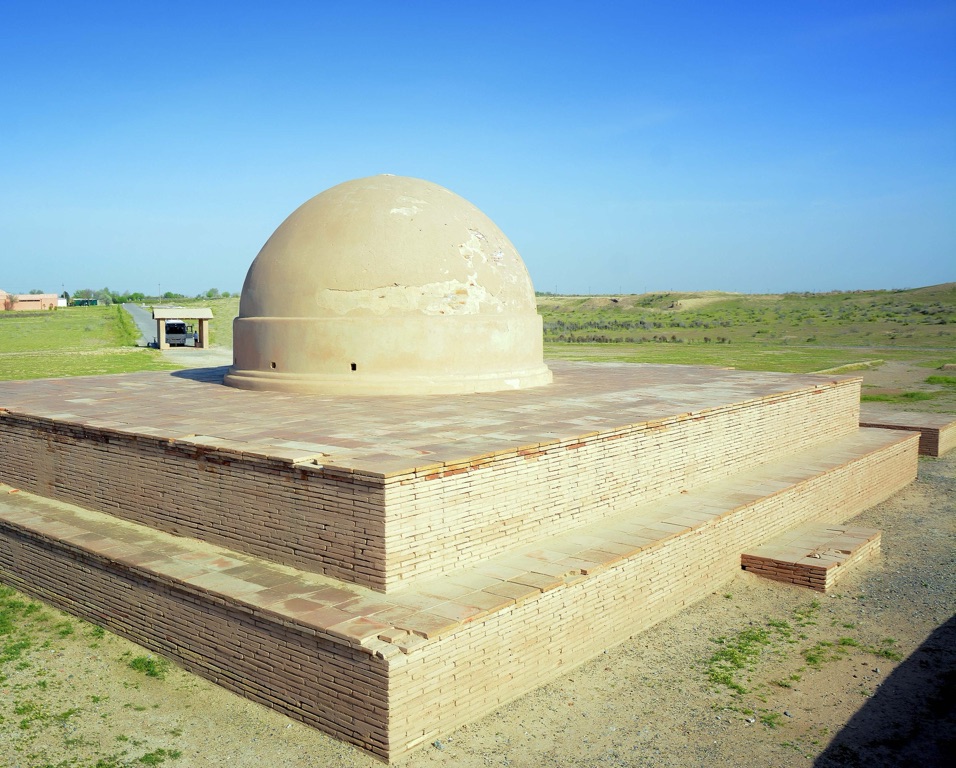
Fayaz Tepe
Fayaz Tepe is a captivating Buddhist monastic complex dating back to the early centuries AD. Found in modern-day Uzbekistan, this ancient site offers a glimpse into the past. It reveals how Buddhism flourished along the Silk Road. The archaeological remains, including stupas and murals, showcase a rich cultural exchange. It impacts us even today. Scholars have painstakingly unearthed artifacts. These tell stories of the daily lives and spiritual practices of monks who once lived there.
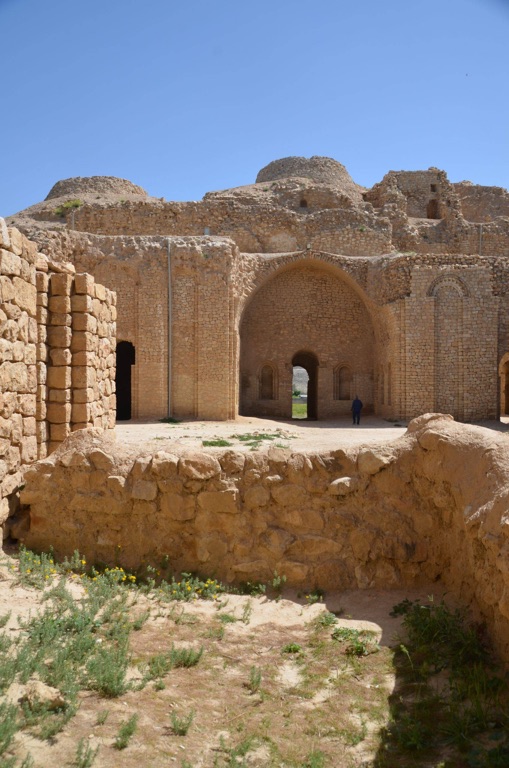
Palace of Ardashir
Nestled at the foot of a mountain in Iran’s Fars Province, the Palace of Ardashir Pāpakān stands as a testament to ancient engineering and artistry. This grandiose castle, constructed around 224 AD by King Ardashir I, reflects the architectural genius of the Sassanid era. Serving as a symbol of the king’s might, it boasts thick walls, tall arches, and spacious courtyards. With its remarkable dome, the palace showcases the innovation of early Persian architects. Through the corridors of history, it whispers tales of royal ceremonies and significant events that shaped Persia’s cultural heritage. Today, it draws in history enthusiasts, eager to explore an essential piece of Iran’s storied past.
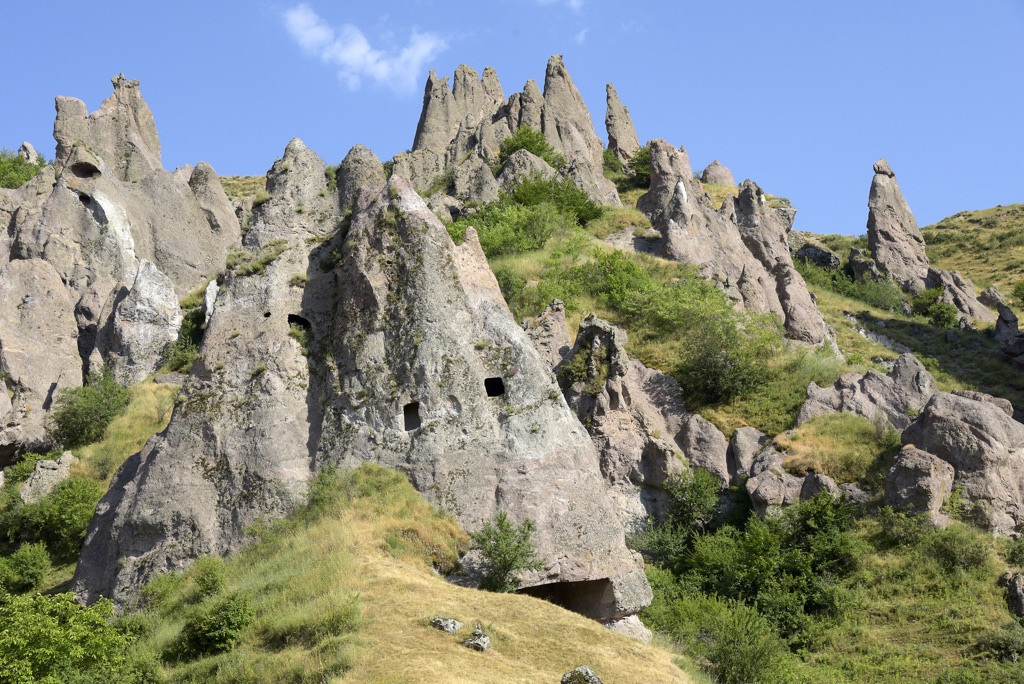
Medieval Goris Cave Dwellings
Discover the Medieval Goris Cave Dwellings, a hidden gem of ancient architecture. Nestled in the South Caucasus, these wonderful formations are a testament to human ingenuity. The caves were hand-carved from the soft volcanic rock. They tell stories of past civilizations. Goris Cave Dwellings are a crucial part of Armenia’s cultural heritage. They also offer fascinating insights into medieval life. These dwellings boast a network of rooms, stables and areas for worship. They have been preserved over the centuries. Thus, they are a must-visit for history enthusiasts and travellers alike.
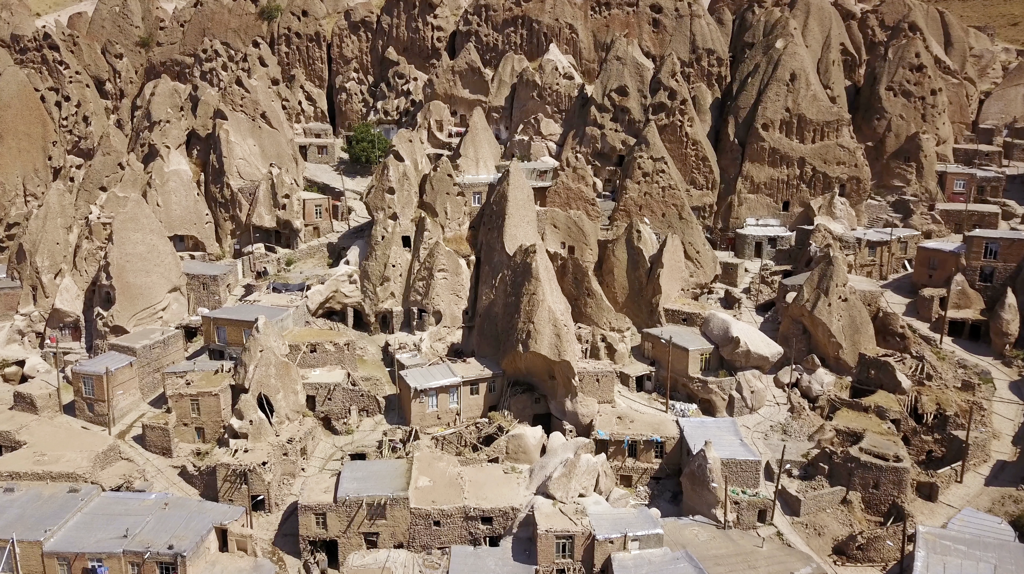
Kandovan Village
Kandovan Village showcases a remarkable living example of human adaptation to nature. Carved into the volcanic rocks of Mount Sahand, this quaint village in Iran astonishes visitors with its striking cliff dwellings, resembling a giant termite colony. Over 700 years old, Kandovan owes its surreal landscape to ancient volcanic eruptions that deposited a soft type of rock called tuff. Ingenious locals carved out this malleable material, creating houses with natural insulation that withstand extremes in temperature. The village’s organic architecture and its community’s way of life provide an authentic glimpse into rural Iranian culture that has persisted for generations.

